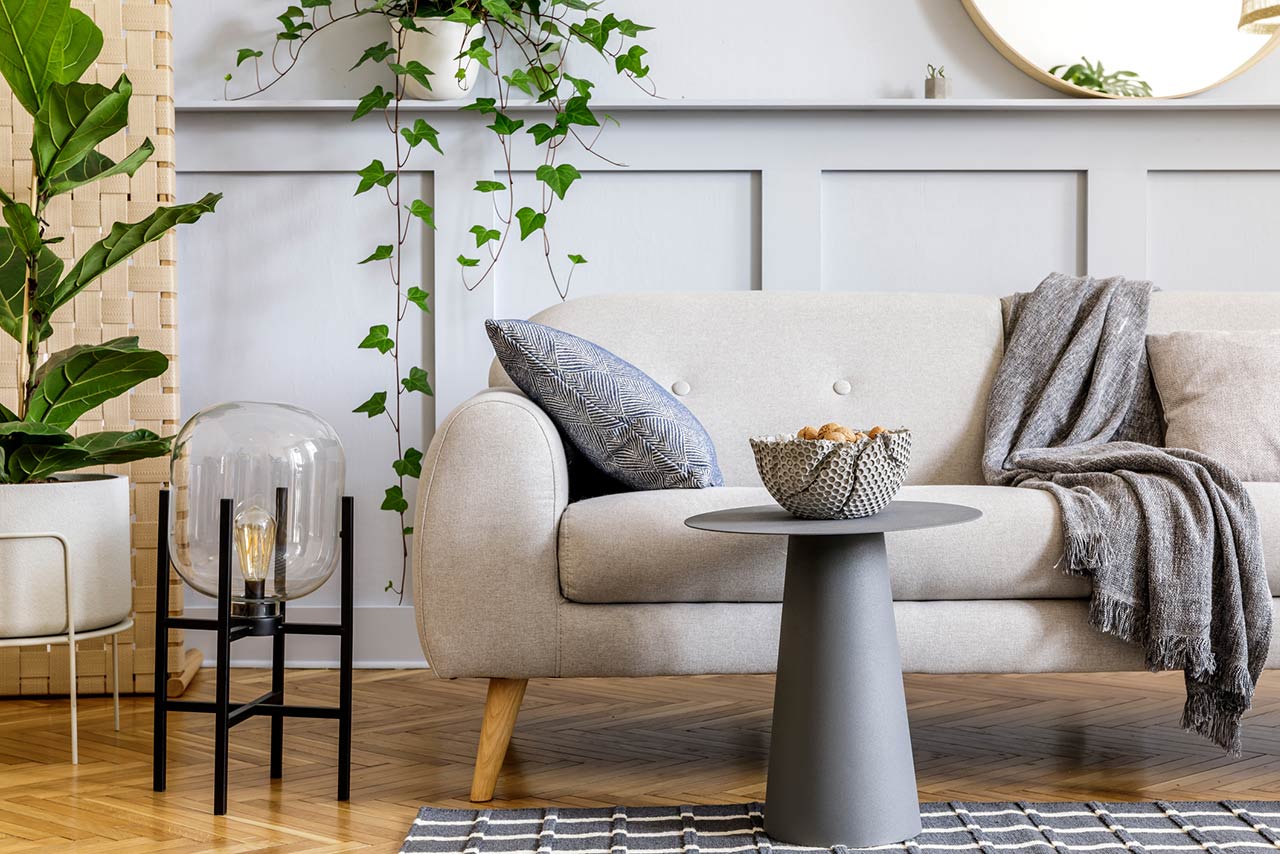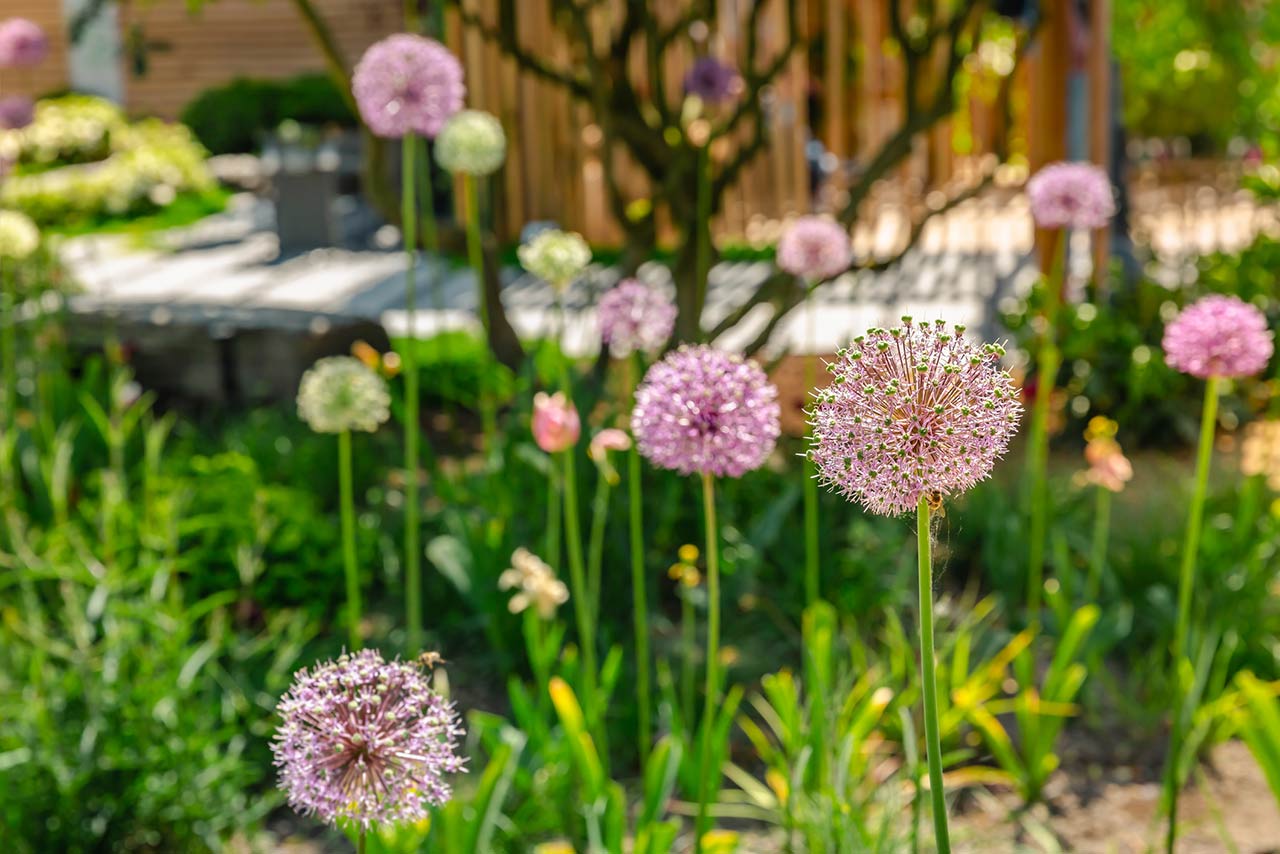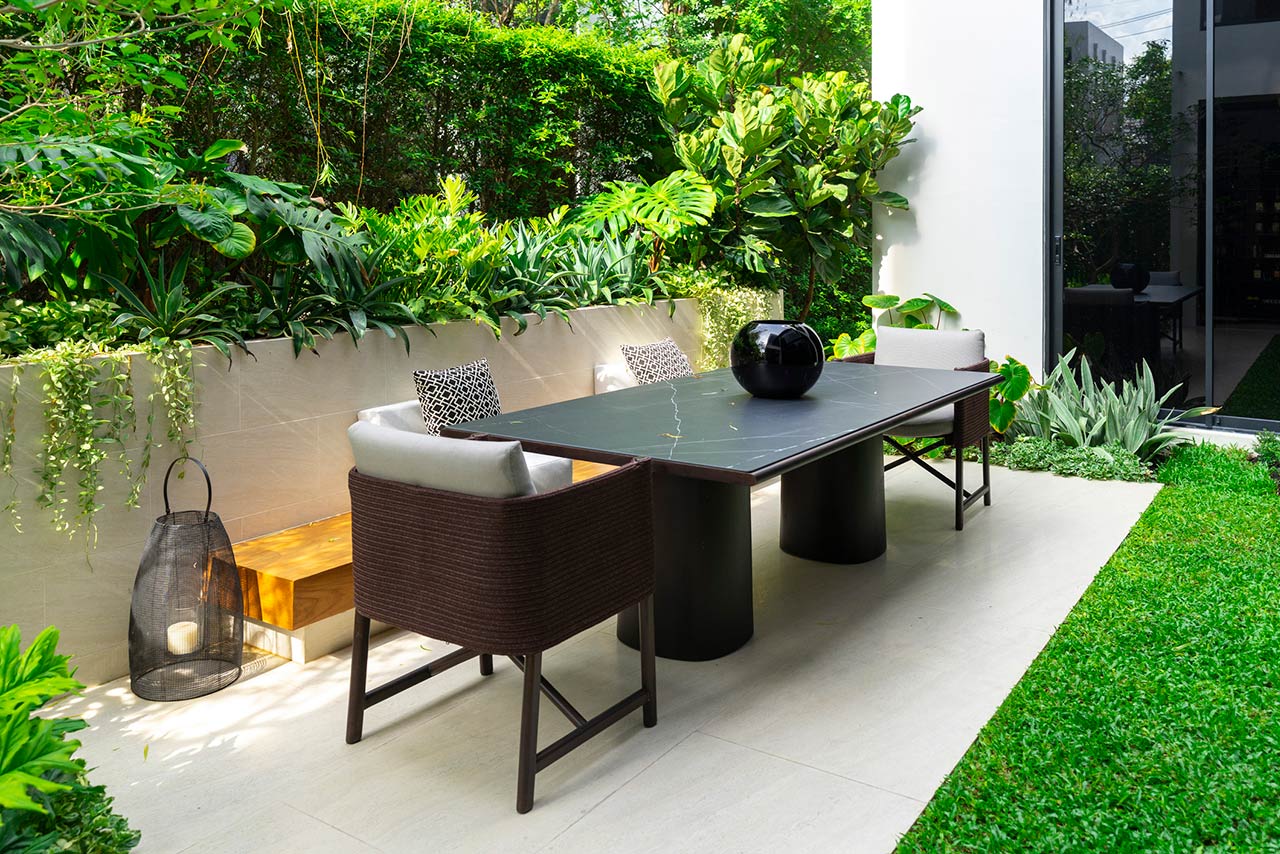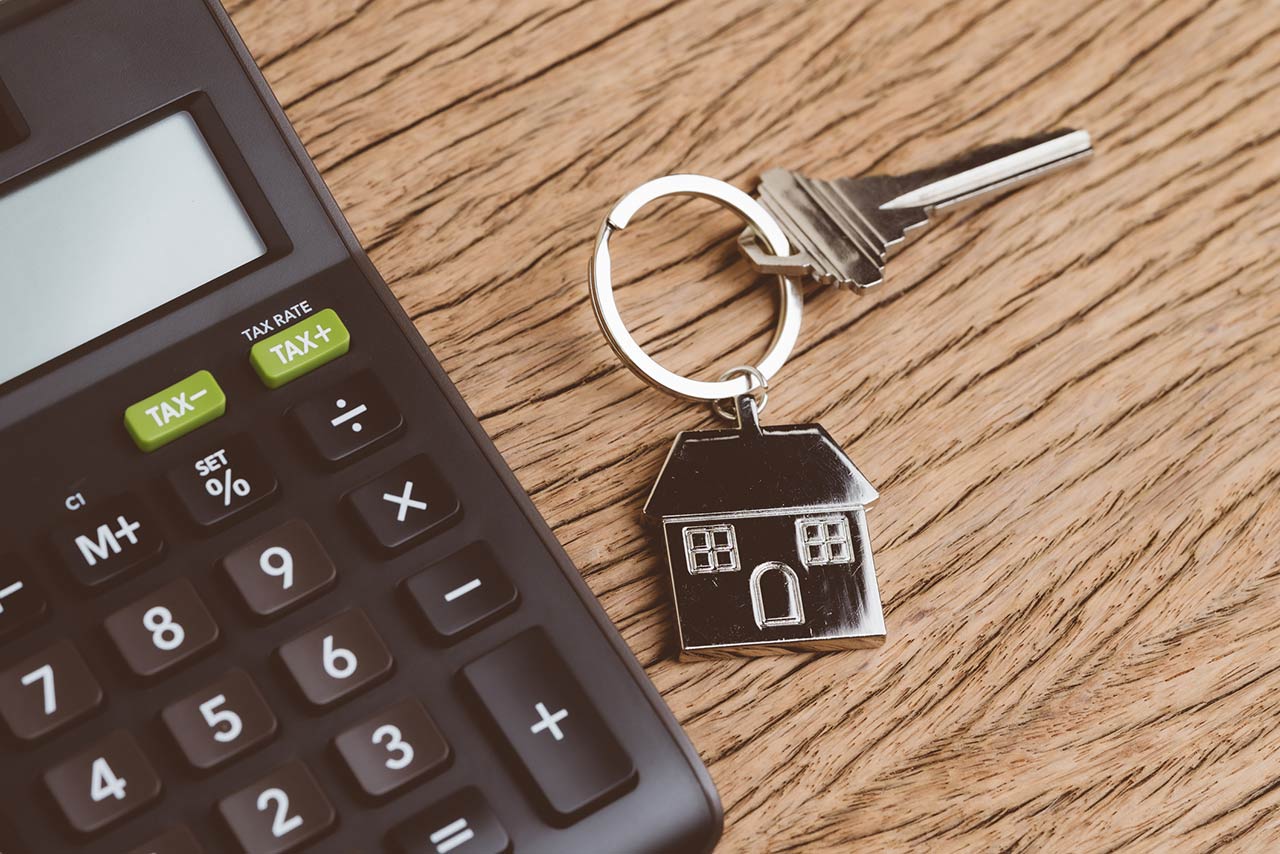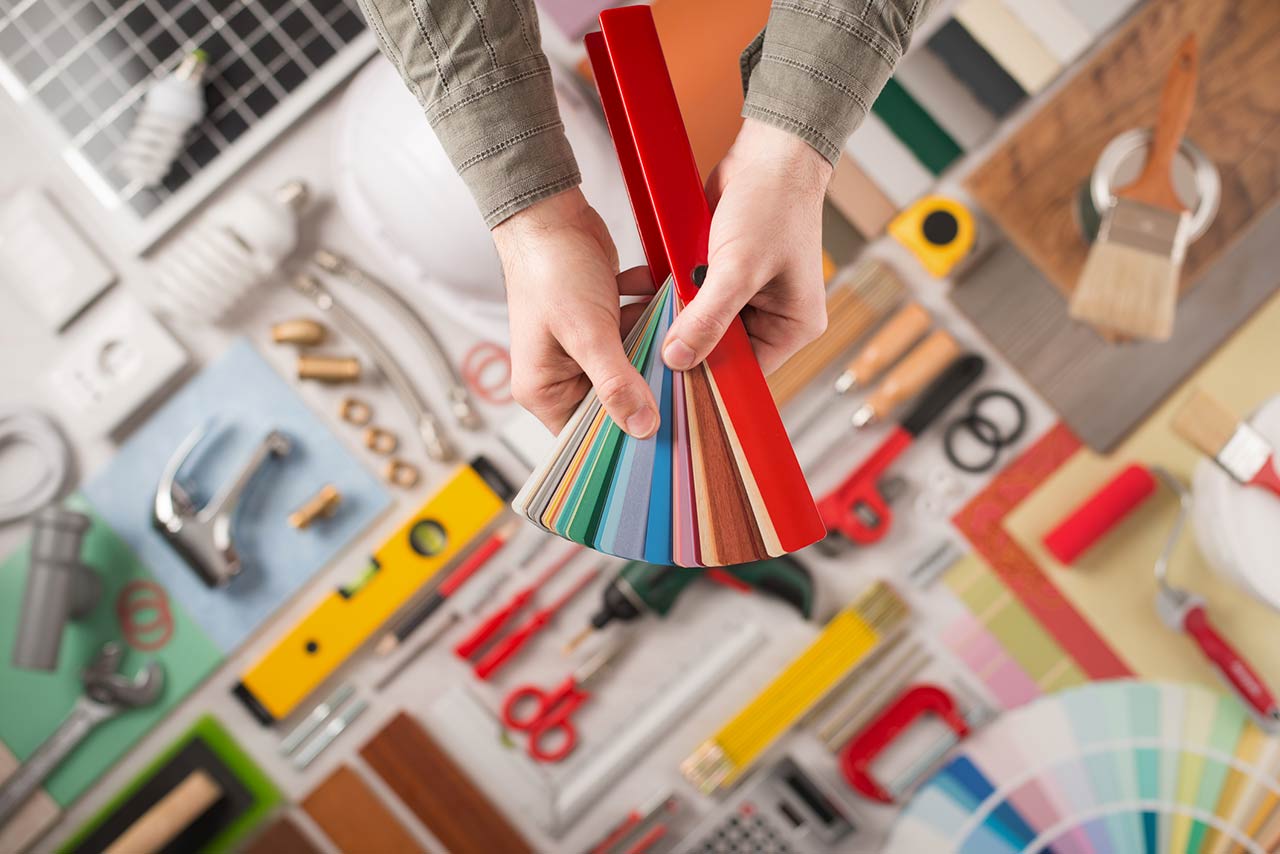Investing in Potential: Why Buying a Fixer Upper Home is Worth It
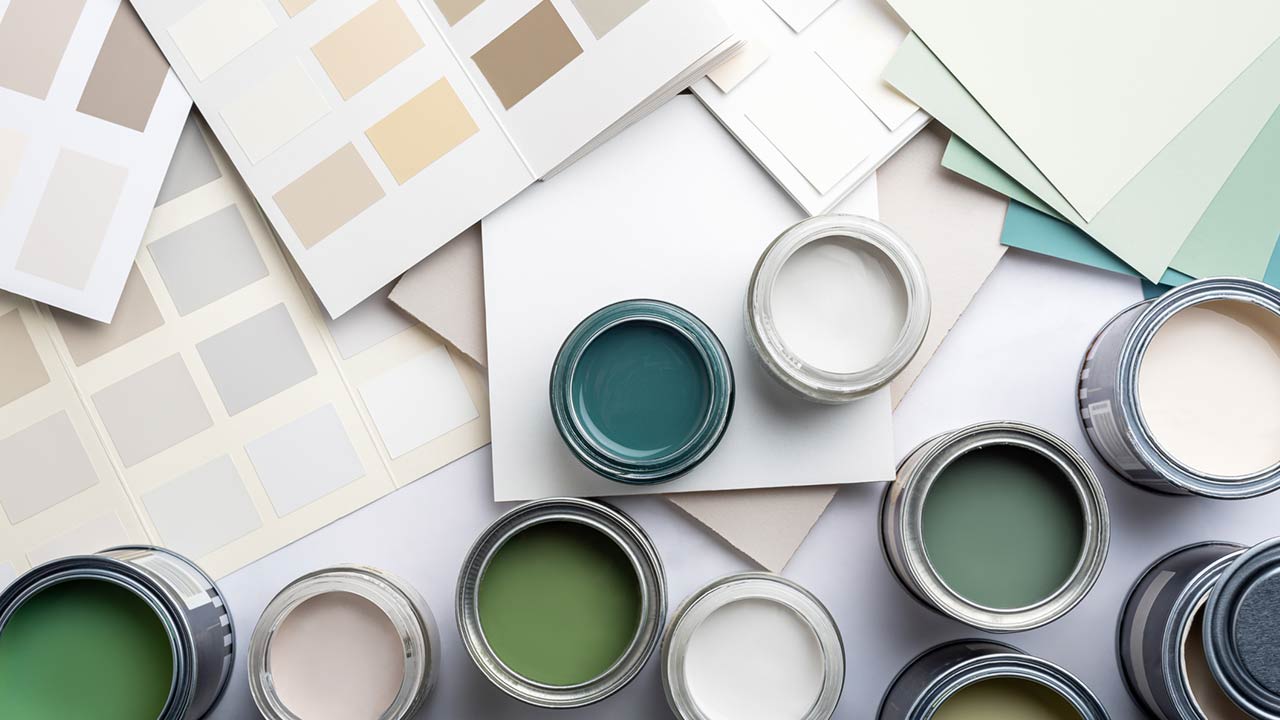
Investing in a fixer upper home can be a rewarding and financially savvy decision for those looking to enter the real estate market or expand their property portfolio. The allure of transforming a dated or neglected property into a personalized oasis is undeniable, offering the opportunity to create a unique living space that perfectly aligns with your vision and preferences. Beyond the aesthetic appeal, the financial benefits of purchasing a fixer upper, such as cost savings and potential for increased equity, make it a compelling choice for savvy investors. In this article, we will delve into the reasons why buying a fixer upper home is worth considering, exploring the advantages, challenges, and strategies for successful renovation projects.
The Appeal of Fixer Upper Homes
Exploring the allure of fixer upper properties
Hey there, savvy homeowner-to-be! Ever dreamt of transforming a run-down diamond in the rough into your dream home? Fixer upper properties may have that irresistible charm that makes your DIY heart skip a beat. Let’s dive into why these projects are like catnip for those with a vision and a tool belt!
Financial Benefits of Investing in a Fixer Upper
Cost savings compared to buying a move-in ready home
Picture this: you could save a pretty penny by rolling up your sleeves and tackling a fixer upper instead of splurging on a move-in ready home. While others pay a premium, you’d be laughing all the way to the bank with your budget-friendly purchase. Who said investing in potential can’t be easy on the wallet?
Potential for Customization and Personalization
Creating a home that suits your unique style and needs
Why settle for cookie-cutter designs when you can unleash your inner design maven on a fixer upper canvas? From choosing the perfect fixtures to crafting a layout that fits your lifestyle like a glove, the possibilities are as endless as your Pinterest boards. Say goodbye to generic homes and hello to a space that’s undeniably “you.”
Risks and Challenges of Fixer Upper Projects
Understanding the potential pitfalls of renovating a fixer upper
Hold on to your hard hats, folks! While the idea of revamping a fixer upper is thrilling, let’s not forget the bumps on the renovation road. From unexpected expenses to timelines that seem to have a mind of their own, it’s not all rainbows and sledgehammers. Buckle up as we navigate through the highs and lows of turning a fixer upper into a showstopper.
Strategies for Finding and Evaluating Fixer Upper Properties
Researching neighborhoods and property listings
Before diving into the world of fixer-upper properties, it’s essential to do your homework. Spend time researching different neighborhoods to find ones that align with your budget, vision, and future resale potential. Scour property listings online, attend open houses, and maybe even chat up your local real estate agent for insider tips. Remember, finding the right fixer-upper is like finding a diamond in the rough – it takes patience, persistence, and a keen eye for potential.
Budgeting and Financing Considerations for Renovations
Setting a realistic renovation budget
Ah, the dreaded B-word – budget. When it comes to renovating a fixer-upper, it’s crucial to set a realistic budget and stick to it like your life depends on it (okay, maybe not that dramatic, but you get the point). Factor in costs for materials, labor, unexpected hiccups, and maybe a little extra for those Pinterest-inspired upgrades you just can’t resist. Remember, the goal is to increase the property’s value without bankrupting yourself in the process. Budget smart, renovate smarter!
Maximizing Return on Investment: Tips for Successful Fixer Upper Projects
Key strategies for increasing the value of a fixer upper property
So, you’ve found your diamond in the rough, set your budget, and now it’s time to roll up your sleeves and get to work. To maximize your return on investment, focus on key areas that can boost the property’s value. Think kitchen and bathroom updates, enhancing curb appeal, adding square footage if possible, and fixing any major structural issues. Remember, you’re not just flipping a home; you’re creating a masterpiece that will pay off in the long run. With a dash of creativity, a sprinkle of elbow grease, and a whole lot of determination, your fixer-upper dream can become a profitable reality. Go forth and renovate, my friend!In conclusion, investing in a fixer upper home can be a worthwhile endeavor for those willing to put in the time, effort, and resources needed to transform a property into a dream home. From the potential for customization and personalization to the financial benefits and opportunities for maximizing return on investment, the journey of renovating a fixer upper can be both fulfilling and profitable. By understanding the risks, embracing the challenges, and implementing strategic approaches, buyers can unlock the full potential of fixer upper properties and enjoy the fruits of their investment for years to come.

